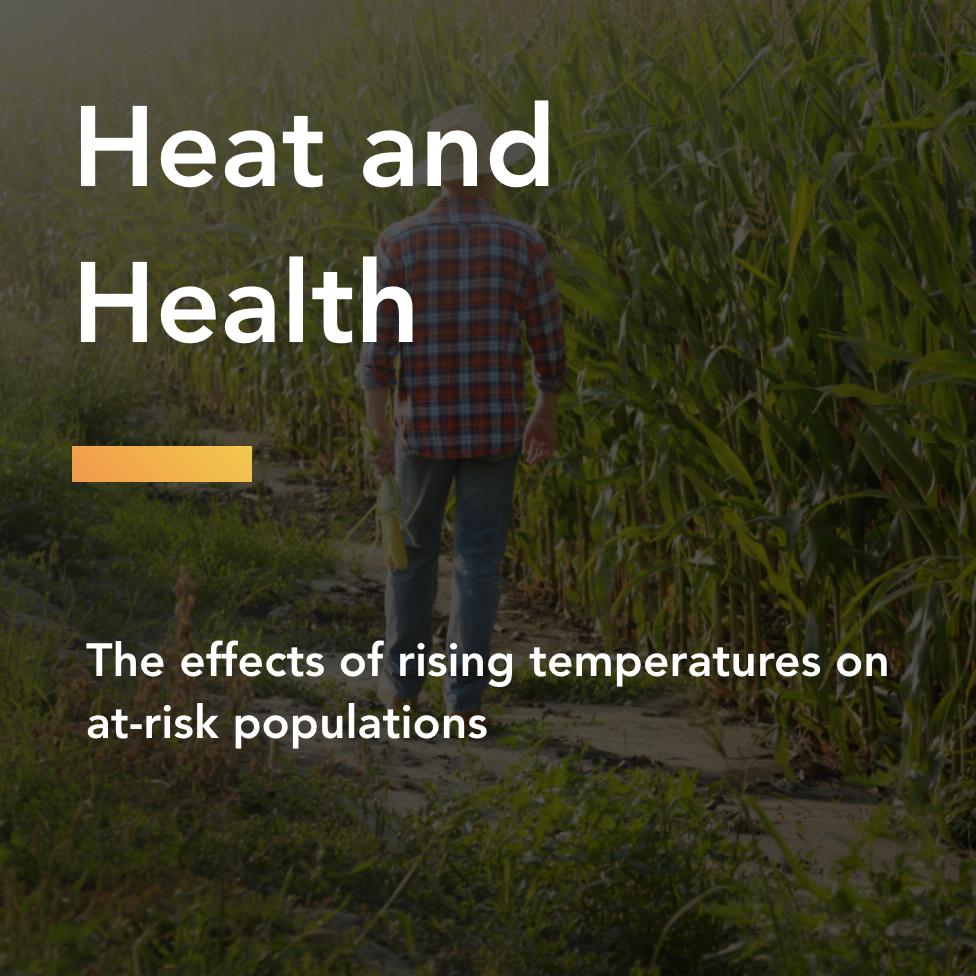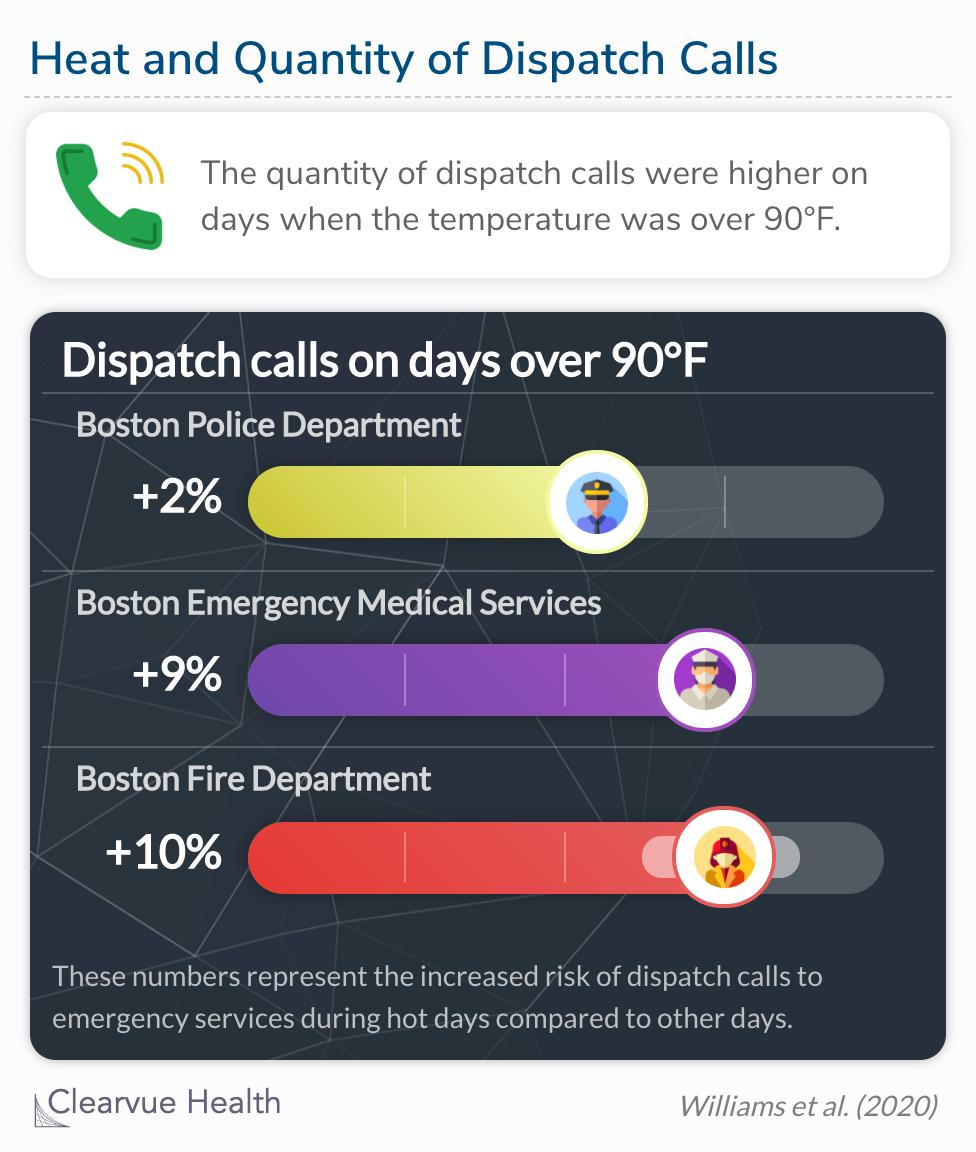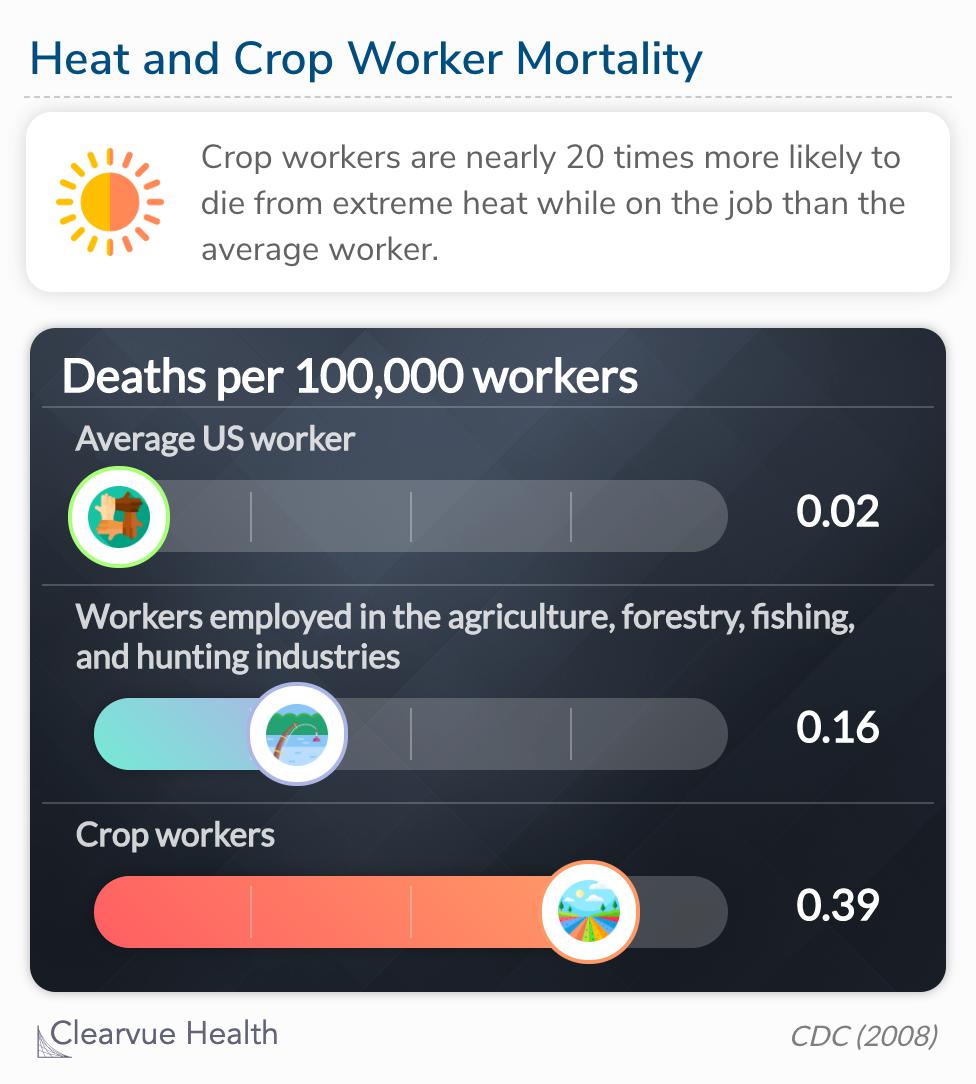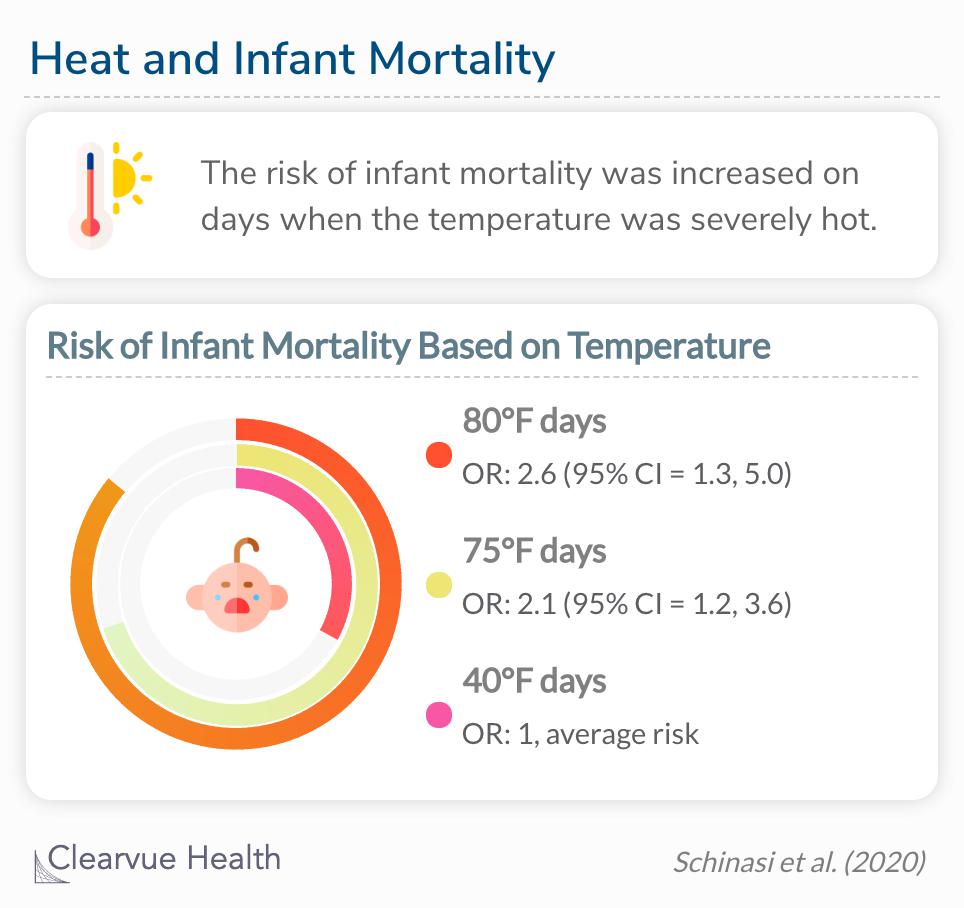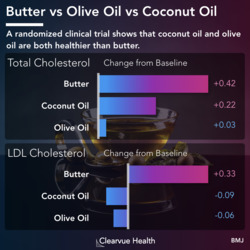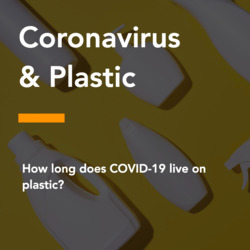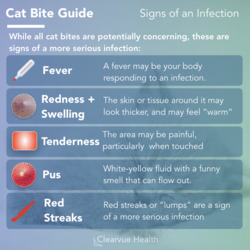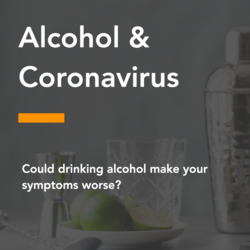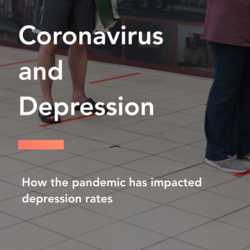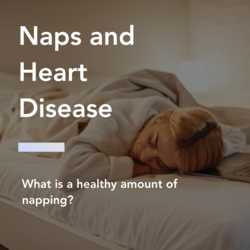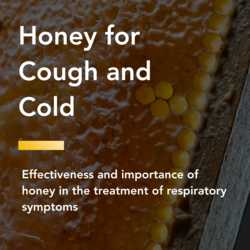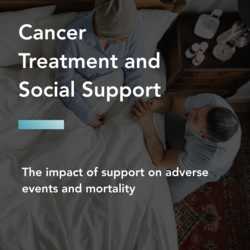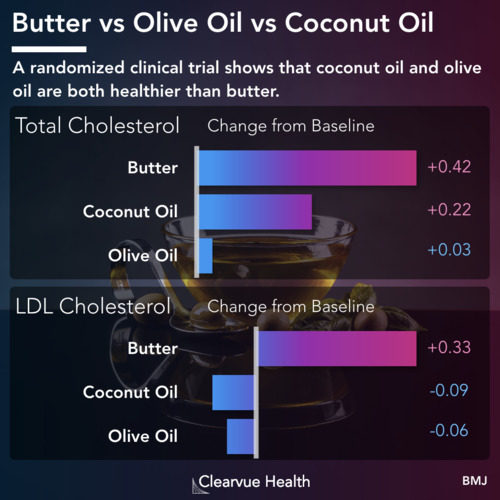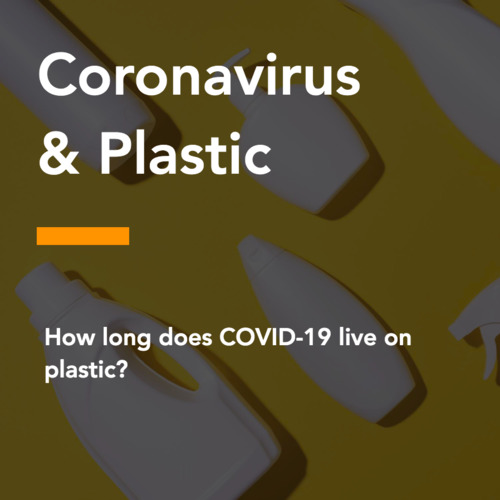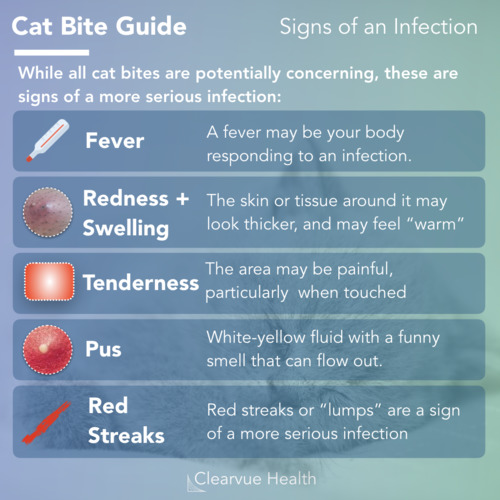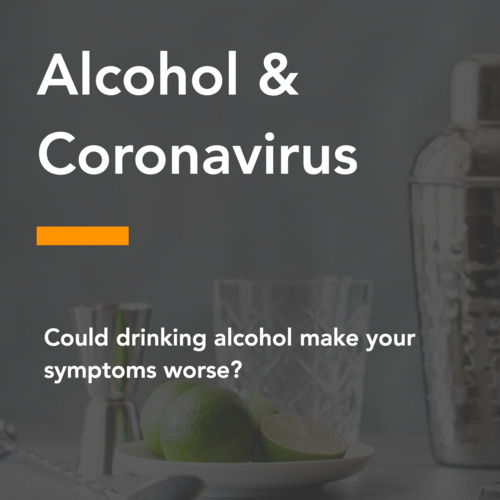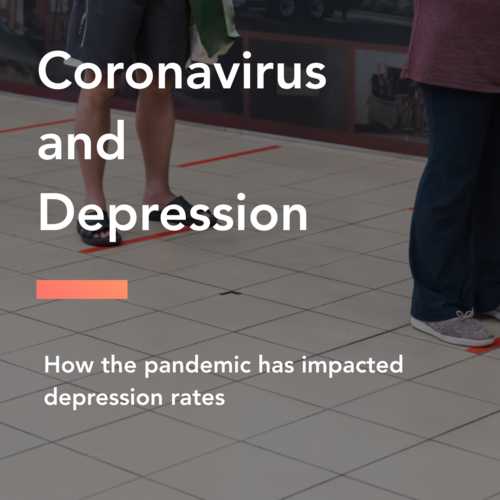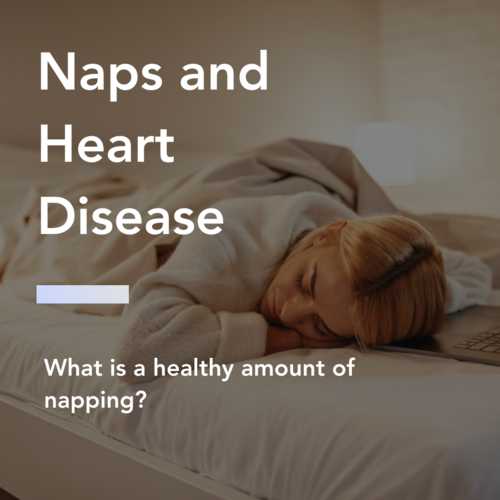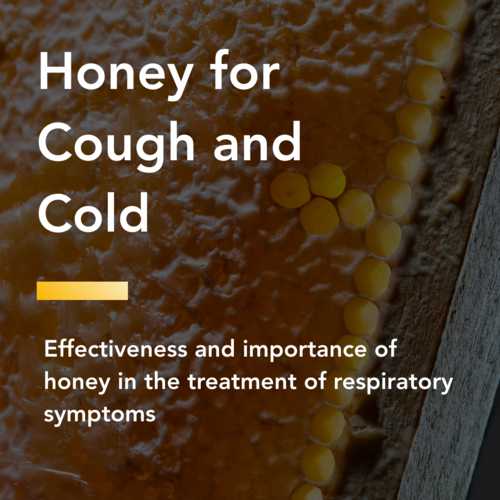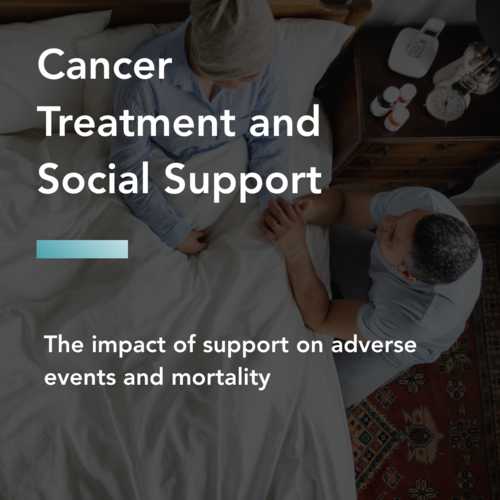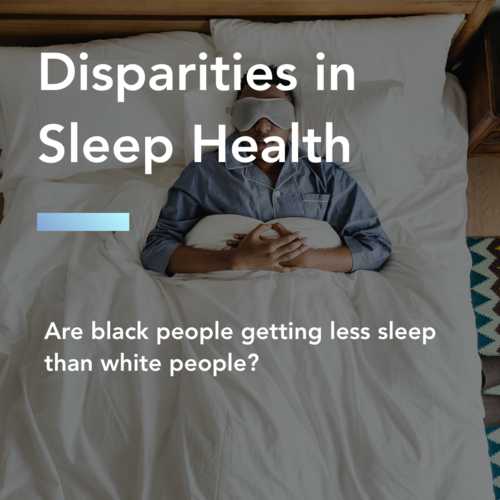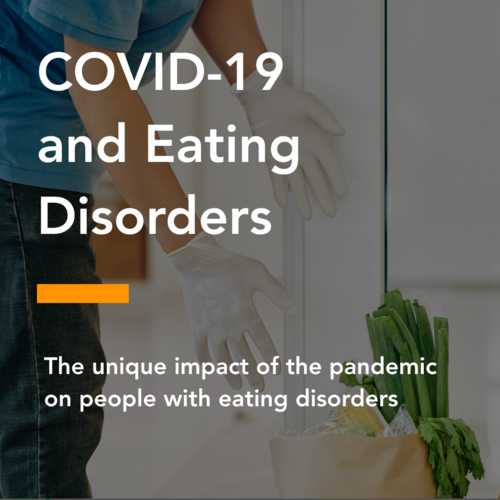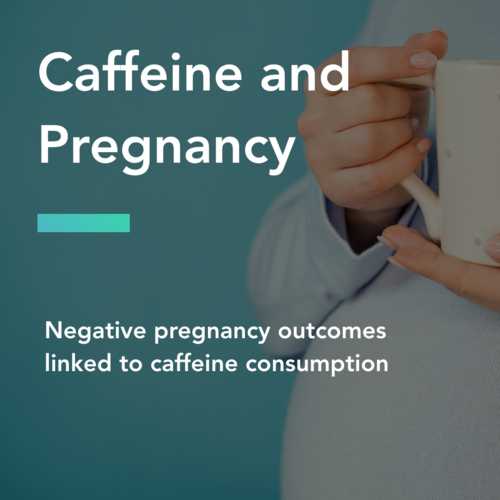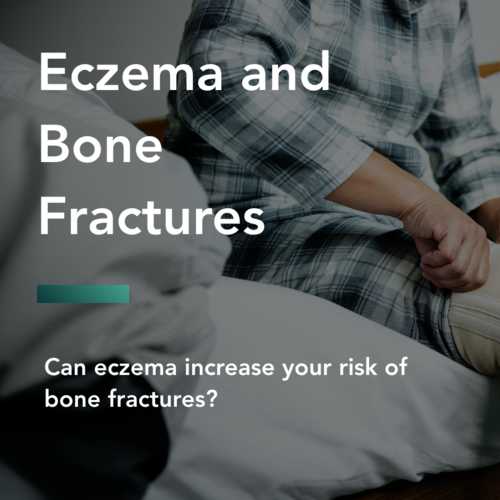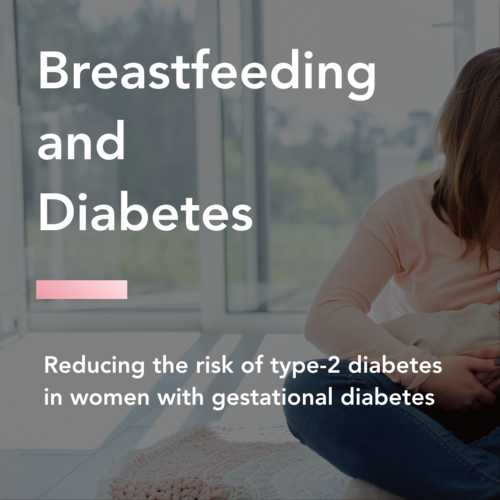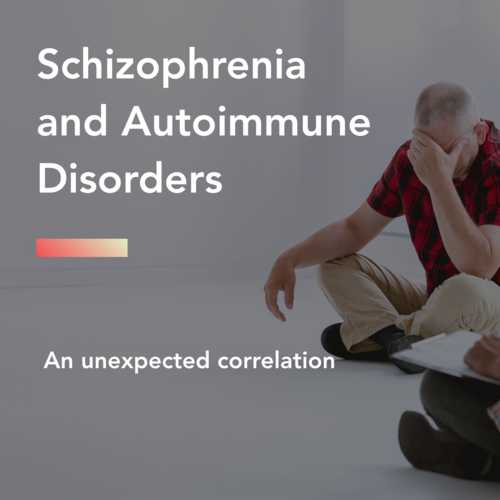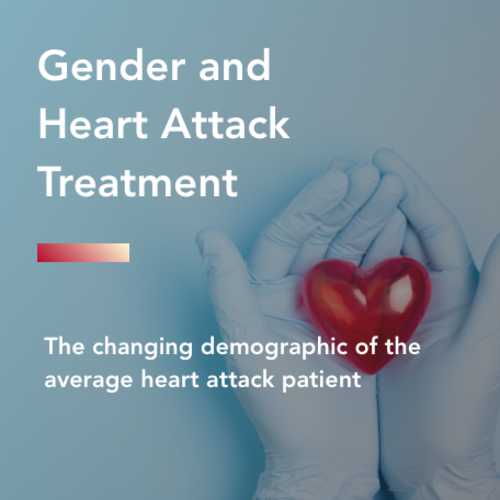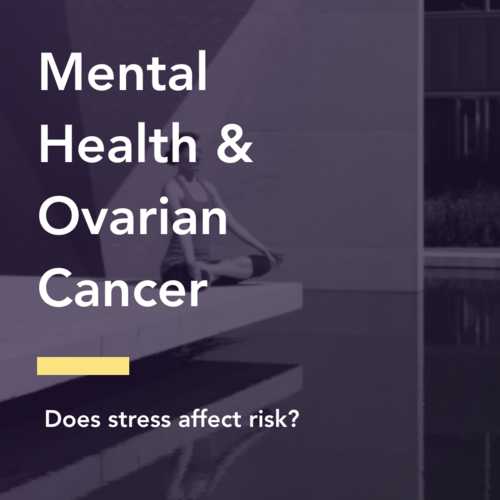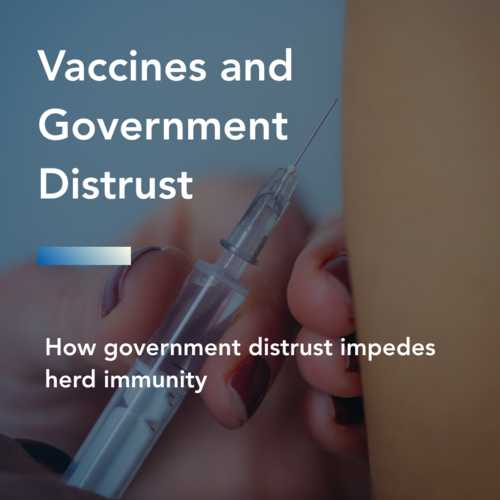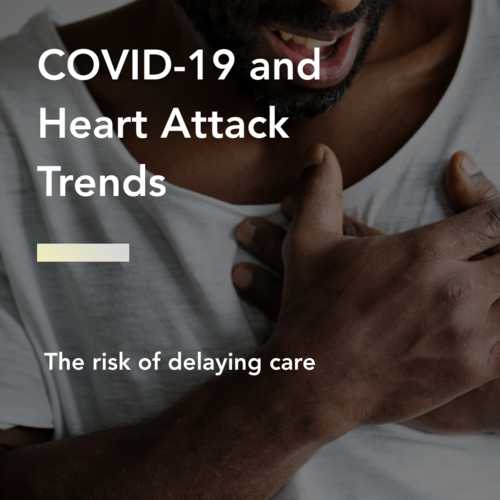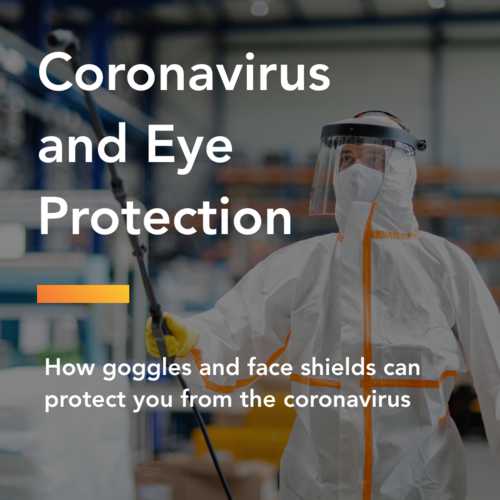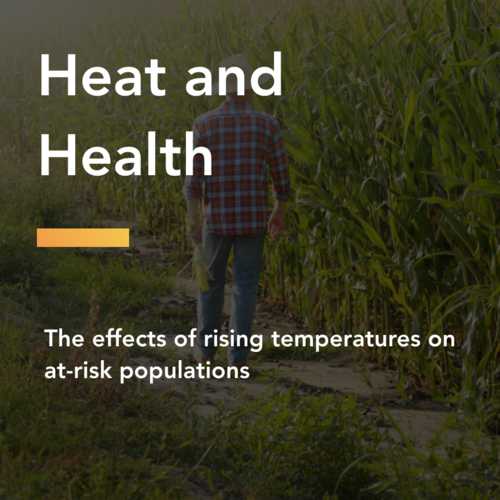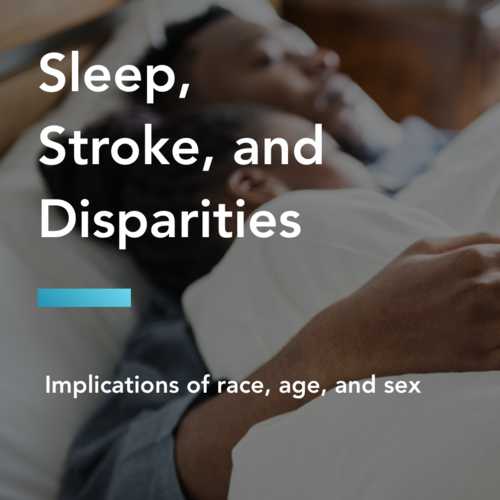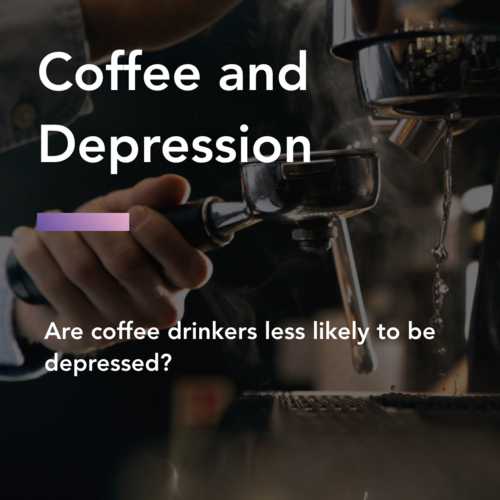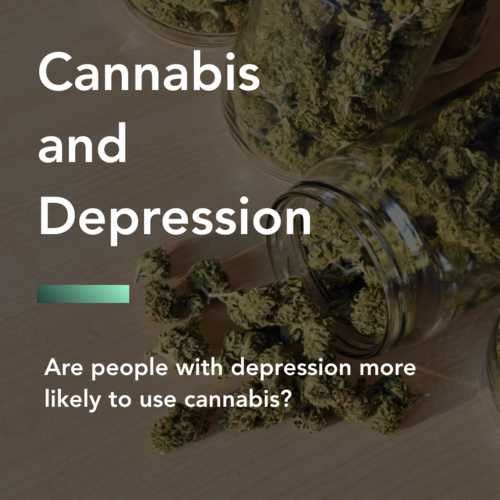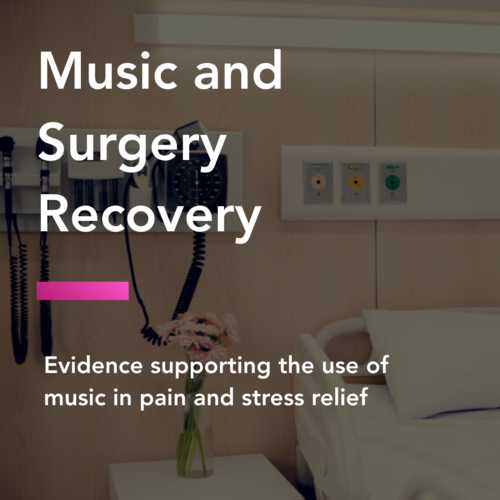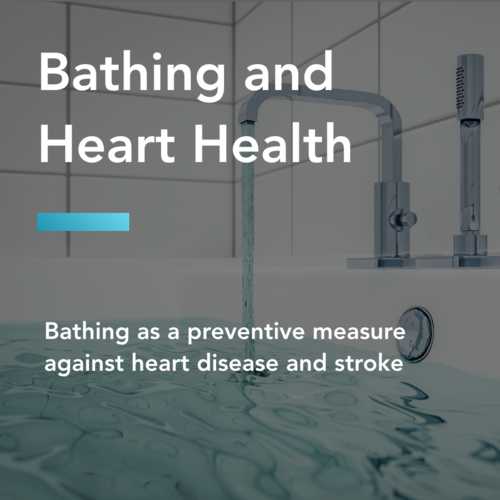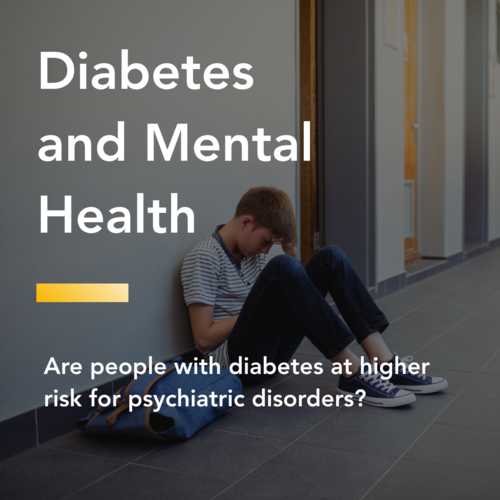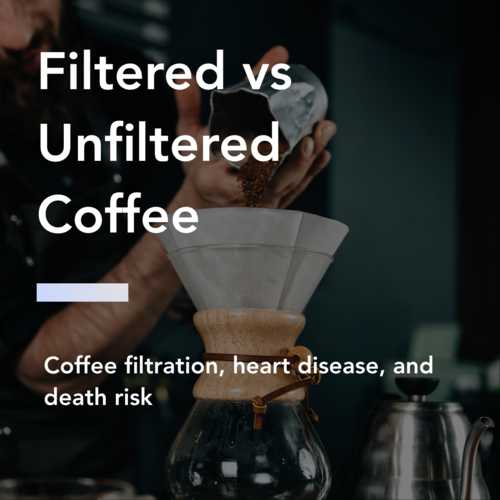Heat and health: the effects of rising temperatures on at-risk populations
Global warming gets worse every year. The heatwaves and extreme weather alter everything from the magnitude of natural disasters to the ability to maintain farmland. These changes to the atmosphere also affect people's health. Extreme heat can slow down communities and even cause death. In this article, we review studies that discuss the harm of heat to especially at-risk populations.
Emergency services data
Emergency service workers are essential to the health and safety of a community. These workers include EMS, firefighters, and policemen. Their job requires quick actions, clear decision-making, and physical strength. In a heatwave, the demands of the job become more challenging. To quantify the effect, researchers analyzed four years' worth of dispatch data from emergency services departments in Boston, Massachusetts.
Across all agencies, the mean number of dispatches per day was significantly greater during the warm season than during the full year.
Source: The Influence of Heat on Daily Police, Medical, and Fire Dispatches in Boston, Massachusetts: Relative Risk and Time-Series Analyses
Looking at the data, researchers concluded that the rate of dispatch calls was much higher on days when the temperature outside was over 90°F. The increased number of calls per day puts a strain on these emergency departments. With more calls coming in, responders may arrive at the scene later, not be able to call for backup, or not be able to show up at all. Departments staff the appropriate number of responders based on the population and general needs of the community. On these days of increased dispatch calls, departments may not have the manpower to help everyone, leaving vulnerable populations at risk. Not to mention the physical strain on responders working in the heat.
Crop workers
Crop work is another profession that requires physical endurance and strict timing. Additionally, the success of the crops depends heavily on climate. Crops need a specific amount of rain and sunlight to grow, and each crop is different. The CDC published 15 years of data on heat-related deaths among crop workers from 21 different states. The results were alarming.
During 1992--2006, a total of 68 crop workers died from heatstroke, representing a rate nearly 20 times greater than for all U.S. civilian workers.
Source: Heat-Related Deaths Among Crop Workers --- United States, 1992--2006
Based on the collected data, researchers concluded that employees in agriculture and other outdoor industries had an increased rate of heat-related deaths. Specifically, crop workers had the highest rate of heat-related deaths. Crop workers in California, Florida, and North Carolina accounted for 57% of all deaths.
It is important to note that the number of deaths is quite small. Only 68 crop workers died on the job in the 15-year data review. Because the number of deaths is small, it is nearly impossible to reach statistical significance. Even so, we can clearly see that crop workers are at a much higher risk of heat-related health problems.
Infant mortality
Infants are an immensely vulnerable population. They required constant care and attention to make sure they are safe and healthy. Intuitively, infants are very susceptible to heat. Researchers set out to measure exactly how dangerous heat waves are for infants. To do so, they collected 15 years of data on infant mortality in Philadelphia from the Pennsylvania Department of Health. They compared infant mortality rates with weather records.
The risk of infant mortality increased linearly in association with higher minimum daily temperatures above the 95th percentile of the overall distribution on the day of infant death (lag 0; Figure 1). ORs comparing 23.9°C or 26.1°C minimum temperature days (lag 0) with 4.4°C days (the lowest minimum daily temperature) were 2.1 (95% CI = 1.2, 3.6) and 2.6 (95% CI = 1.3, 5.0).
Source: High Ambient Temperature and Infant Mortality in Philadelphia, Pennsylvania: A Case–Crossover Study
The study showed that infants had a higher risk of mortality on days when severe heat was recorded. This relationship was linear, meaning the risk of infant mortality steadily increased with the temperature. Specifically, the risk of infant mortality increased by 22.4% for every 2°F increase in minimum daily temperature over 75°F on the day of death.
Final thoughts
These studies illustrate how a variety of at-risk populations are impacted by increasing temperatures. However, they do not describe all the ways in which heat leads to medical emergencies or mortality; instead, they only correlate a significant relationship between the variables. For example, we do not know the reason for dispatch calls, only that the magnitude of calls increased. We can only assume that the additional incidences that require emergency services are related to the spike in temperature on those days. It makes sense that crop workers would be at higher risk for heatstroke since they are mostly without shade and working for long hours. However, we do not know how their shift hours, hydration, diet, or other factors may have influenced their susceptibility to heat-related illnesses.
